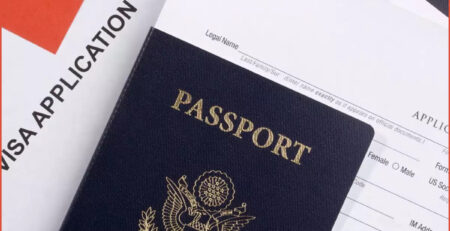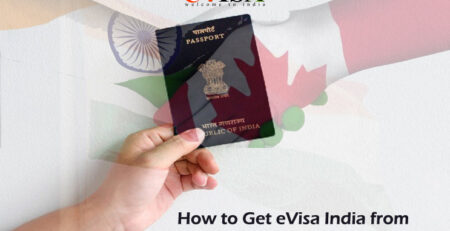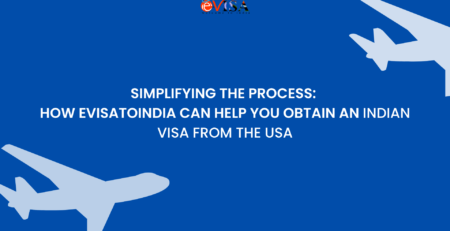Emergency Visas: What They Are and When You Might Need One
Introduction:
In an increasingly interconnected world, unforeseen circumstances can disrupt travel plans. Emergencies can arise at any moment, requiring swift and efficient solutions to ensure the safety and well-being of travellers. This is where emergency visas come into play. In this blog post, we will explore what emergency visas are, how they differ from regular visas, and when you might need one. Whether you’re facing unexpected situations or helping someone in need, understanding emergency visas can be crucial in navigating such challenging circumstances.
Understanding Emergency Visas:
Emergency visas are a specific type of visa designed to expedite the entry process for travellers facing urgent situations. They are granted when there is an immediate need to travel due to unforeseen events such as medical emergencies, natural disasters, family emergencies, or other critical situations. Unlike regular visas, emergency visas are fast-tracked to facilitate prompt travel arrangements.
Examples of Situations Requiring Emergency Visas:
2.1 Medical Emergencies:
When a loved one falls critically ill or requires immediate medical attention abroad, an emergency visa can be invaluable. It allows you to quickly join them and provide necessary support during a challenging time.
2.2 Natural Disasters:
In the aftermath of a natural disaster, such as earthquakes, hurricanes, or floods, emergency visas can be issued to individuals affected by the calamity. This enables them to seek shelter, assistance, or reunite with their families in a safer location.
2.3 Family Emergencies:
Certain unforeseen family situations, such as the sudden illness or passing of a close family member, may require you to travel urgently. Emergency visas can expedite your entry into the country to be with your family and attend to necessary arrangements.
2.4 Political Unrest or Evacuation:
During political unrest or in cases of civil unrest or conflict, emergency visas can be issued to individuals who need to evacuate to a safer location. These visas prioritize the safety and well-being of affected individuals, allowing them to seek refuge in other countries swiftly.
The Application Process for Emergency Visas:
While the application process may vary depending on the country and circumstances, there are general steps to follow when applying for an emergency visa:
3.1 Contact the Embassy or Consulate:
Reach out to the embassy or consulate of the destination country as soon as possible to inform them about your emergency situation. They will guide you through the necessary steps and provide the required forms and documentation.
3.2 Submit Required Documentation:
Prepare the required documents, which typically include a valid passport, proof of emergency or urgency, travel itinerary, and any supporting documents related to the situation. Provide accurate and detailed information to expedite the process.
3.3 Attend an Interview (if required):
In some cases, an interview may be necessary to assess the validity of the emergency situation. Be prepared to provide additional information or answer any questions the consular officer may have.
3.4 Pay Fees and Await Approval:
Pay any applicable fees and submit your application. The processing time for emergency visas is usually expedited, and you will receive a decision promptly. Once approved, you can make necessary travel arrangements.
Conclusion:
Emergency visas offer a lifeline to individuals facing unforeseen circumstances that necessitate urgent travel. Whether it’s a medical emergency, natural disaster, or family crisis, these visas provide expedited entry to the destination country












